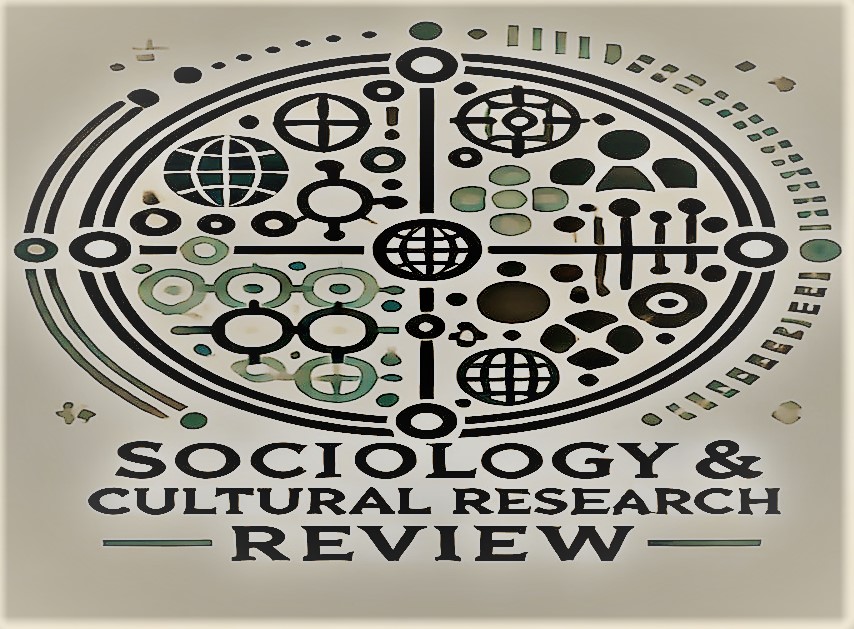Deconstructing the Judgment of Mirza Shaukat Baig Vs. Shahid Jamil: Legal and Social Ramifications
Abstract
Based on the principles of interpretation outlined in numerous Supreme Court rulings, the dispute over Section 6 of the Anti-Terrorism Act (ATA), 1997, depended on different interpretations of the law. The case involved multiple interpretations of the term "terrorism" to determine whether the alleged offense qualified as such. The research examined the rules of interpretation, including the word's plain meaning, legislative intent, the impact of the preamble, and the binding authority of apex courts over subordinate courts. It was emphasized that when construing an Act, the Court must consider the entire scheme of the Act as revealed by the language throughout the enactment. Further, it is the mandate of the Court to interpret the law, not to create it, according to the correct and true meaning of words. In this instance, the definition of "terrorism" as it appears in Section 6 of the Anti-Terrorism Act of 1997 was at issue. The Supreme Court found that the High Court did not accord sufficient weight to the various decisions of the Supreme Court, which have explored varying interpretations and principles surrounding the word "terrorism.
Keywords: Section 6, Anti-Terrorism Act 1997, Terrorism, Statutory Interpretation Principles, Legislative Intent, Binding Precedent (Supreme Court Authority), Judicial Role




